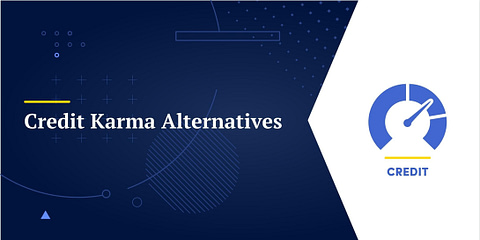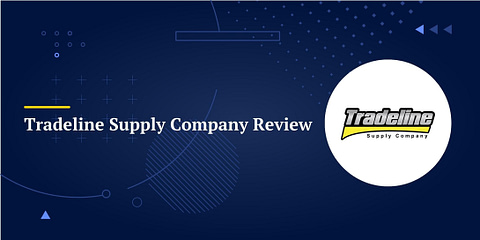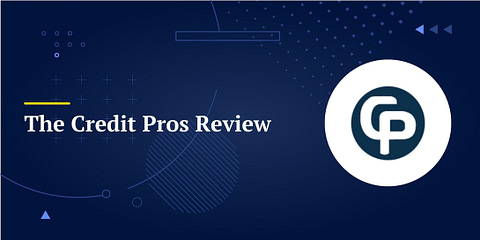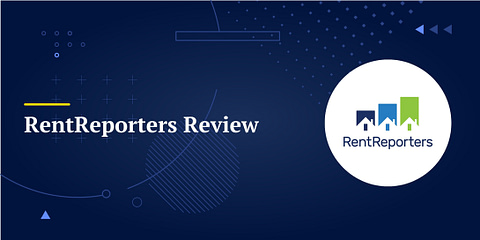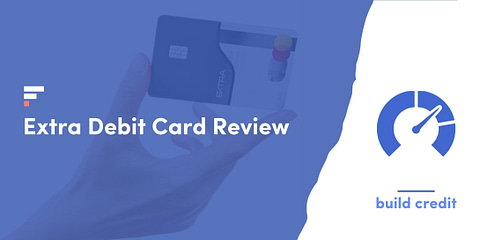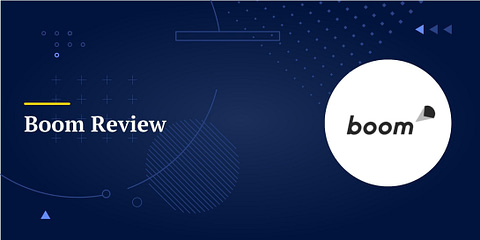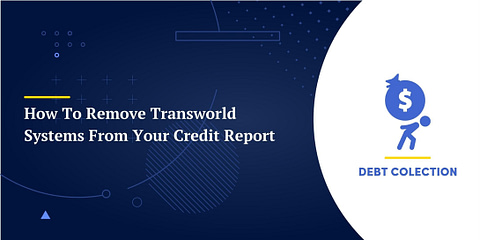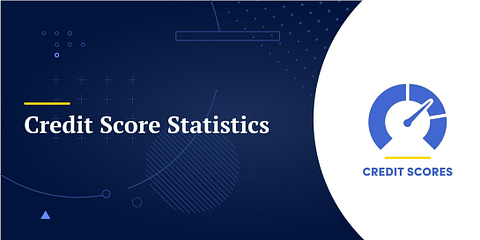Credit scores are part of American life. While credit exists almost everywhere, different countries may use very different methods to evaluate creditworthiness. Let’s take a closer look at what countries have credit scores, and how they develop them.
In the United States, your credit score feels like an objective judgment of your financial competence. As a result, people ascribe so much significance to them that it can affect their self-esteem. Roughly 46% of Americans with poor credit scores report feeling ashamed, and 49% actively hide their scores from those around them[1].
However, our credit scoring system is a pretty arbitrary way to assess borrower risk. Americans only invented credit scores in the late 1980s, and other countries have credit scores that work very differently. Here’s a look at what countries have credit scores and how they work, to give you a little perspective on the American approach.
🛑 Required Reading: If you don’t understand how credit scores work in the United States, read through our introductory guide before proceeding: Credit Scores 101: A Beginner’s Guide.
Canada
Canada is probably the country whose credit scoring system is most similar to that of the United States. We share two major credit bureaus, Equifax and TransUnion. The only reason we don’t share Experian as well is that they discontinued their operations in Canada in 2009.
Like they do in the United States, Equifax and TransUnion gather information on consumers in Canada, including personal details, credit usage, and employment history. They then compile it all into credit reports, which are the basis for Canadian credit scores.
The United States and Canada also use the same company for credit scoring algorithms: the Fair Isaac Corporation, more commonly known as FICO, although Canadians previously referred to FICO scores as Beacon scores.
Unsurprisingly, Canadian FICO scores primarily focus on the same five factors ours do, including payment history and amounts owed. However, while modern American consumer credit scores range from 300 to 850, Canadian scores go from 300 to 900.
The United Kingdom
Like Canada, the fundamental premises of the United Kingdom’s (UK) credit scoring system are very similar to those of the United States. However, there’s at least one significant difference.
We share the same major credit bureaus: Experian, Equifax, and TransUnion (formerly Callcredit), and they’re responsible for many of the same things in the UK as they are here. Namely, collecting consumer data and organizing it into credit reports.
But in addition to their information-gathering duties, UK credit bureaus also create the most popular scoring algorithms. In other words, they’ve absorbed the role that companies like FICO and VantageScore play in the United States.
Each major credit bureau in the UK has its own credit score. They consider many of the same factors as each other and FICO scores, but they have different ranges:
- Experian scores range from 0 to 999
- Equifax scores range from 0 to 700
- TransUnion scores range from 0 to 710
These scores are the only ones readily available to consumers in the UK, but lenders sometimes use their own formulas to underwrite credit applications. It’s similar to how some lenders in the United States use FICO scores as a basis for their scoring, then tweak the algorithm to meet their unique needs.
Australia
Australia’s credit system is another that’s similar to ours. In fact, it’s virtually identical to the UK’s. There are three major credit bureaus there, including Experian and Equifax. The third is illion, which once belonged to Dun & Bradstreet.
These credit bureaus play the same roles in Australia as in the United Kingdom. They collect personal information on consumers, consolidate it into credit reports for use in scoring, and run them through their own algorithms to create credit scores.
The Equifax score ranges from 0 to 1,200, while Experian’s and illion’s go from 0 to 1,000. While they use many of the same factors as FICO scores, there are significant differences. For example, Australian credit scores generally don’t consider your credit utilization ratio, a major factor in US credit scores.
Notably, Australia adopted its current credit scoring system recently. Before 2014, they used a negative reporting approach. I’ll go into more detail later, but that means credit reports only included negative items like missed payments, and lenders generally considered borrowers creditworthy as long nothing indicated otherwise.
Germany
Here’s where we start to stray a little more from the American way of doing things. Germany has only one credit bureau. They call it Schutzgemeinschaft für allgemeine Kreditsicherung, which translates to “General Credit Protection Agency.”
Fortunately, they seem to recognize what a mouthful that is and refer to it as SCHUFA for short. Like some of the other credit bureaus we’ve discussed so far, SCHUFA is responsible for monitoring your payment behavior and translating it into credit scores.
Interestingly, the standard SCHUFA score is a percentage that ranges from 0% to 100%. All consumers begin with a perfect credit score of 100%, but it decreases as you pay bills and handle credit. The more responsible you are, the less it goes down. If you can stay above 97.5%, you’re in the top credit tier.
That means you don’t need to build up to a good credit score in Germany. However, you may have trouble qualifying for significant accounts with no credit history. The SCHUFA tracks positive information, even if it doesn’t really boost your score. As a result, an empty SCHUFA record can still be a red flag, though your score is technically high.
The Netherlands
Like Germany, the Netherlands only has one primary credit bureau, the Bureau Krediet Registratie (BKR). In general, lenders report to the BKR anytime they issue a consumer credit account for more than $250 with a repayment term longer than a month.
The BKR keeps track of each account’s credit type, amount, agreed-upon term, and actual termination date. If you make a mistake with an account, such as missing a payment or defaulting, the lender reports that to the BKR too. Those “negative registrations” generally stay in their files for five years.
Interestingly, there’s no actual credit score in the Netherlands. Neither the BKR nor any independent companies within the country issue them. Instead of a score, lenders simply review your BKR file to determine your creditworthiness.
Japan
Japan’s credit scoring system is very similar to that of the Netherlands. They have three credit bureaus: the Association’s Personal Credit Information Center, the Japan Credit Information Reference Center Corp. (JICC), and the Credit Information Center Corp. (CIC).
As they are in many countries, these credit bureaus are responsible for tracking consumer credit information, including the usual details about account terms and payment history. However, they don’t issue any credit scores, nor do any independent companies.
However, like the Netherlands, Japan’s lack of credit scores doesn’t mean that irresponsible use of credit goes unpunished. Lenders still generally review borrowers’ history from one of the three bureaus before giving them an account.
France
So far, the countries whose credit systems we’ve reviewed have been somewhat comparable to the United States. They’ve had a similar structure, with one or more bureaus gathering consumer information to inform lender underwriting, sometimes culminating in a credit score from the bureaus or an independent company.
France’s credit system, on the other hand, has virtually nothing in common with ours. There are no major credit bureaus in the country, and only the Bank of France keeps track of consumer credit information.
However, they generally only track negative information, such as missed payments, bankruptcies, and defaults. Financial institutions need a special license to access those files, and the law forbids them from sharing with each other.
To top things off, there are no credit scores in France. Being creditworthy generally means having no negative remarks in your history. As a result, lenders can’t differentiate between someone with excellent credit and zero credit history.
Of course, they do have a way to assess a borrower’s creditworthiness beyond checking for historical problems. Generally, when you apply for a credit account in France, you have to submit your bank statements and payslips from the last three months.
They’ll analyze your cash flow to determine whether you qualify. Incidentally, that approach is gaining popularity in the United States as an effective way to assess borrower risk for those with poor or insufficient credit history.
Spain
If you thought that France’s approach to credit scoring was just an outlier, think again. Spain’s credit system works in much the same way. Only one organization, the Risk Information Center (CIR), keeps track of consumer credit histories in the country.
Like the Bank of France, CIR focuses on negative information, and only financial institutions can request those details – not consumers. And once again, there are no official credit scores in use.
As they do in France, creditors analyze your cash flow situation to determine whether you qualify for a loan or credit card. Having good credit in Spain generally means having no negative remarks on file with CIR, a respectable income, and a history of paying your bills on time.
China
Last on our list of what countries have credit scores – and definitely least like our credit scoring system – is the Chinese approach. It might actually be misleading to call it a credit scoring system since its scope is so much more expansive (and intrusive).
China uses what they call a “social” credit scoring system. Rather than have a credit bureau track each consumer’s credit history, the Chinese government uses multiple agencies to gather as much information on their citizens as possible.
It goes far beyond using financial and legal histories to establish borrower credit risk. They also monitor things like your driving habits, shopping preferences, and internet activities through various means of surveillance. Some sources say that even spending too much time playing video games can lower your score.
National Development and Reform Commission (NDRC), the People’s Bank of China (PBOC), and the country’s court system consolidate all of this data to assign ranks to individuals, businesses, and even other government agencies.
Naturally, your rank determines far more than just your ability to take out credit accounts. A bad score can also lead to punishments like travel bans, slower internet speeds, and exclusion from universities.
If you’re frustrated with the way the United States handles credit scores, I can definitely sympathize, but at least it’s safe to say that things could be worse.
Credit Scores are Subjective
One quick takeaway from our look at what countries have credit scores: the modern approach to credit scoring in the United States is far from the only way to evaluate borrower risk. Not only have we been using it for less than a few decades, but strategies in other countries range from slightly dissimilar to completely unrelated, and most of them work just fine.
That should tell you a lot about the subjectivity of your creditworthiness. Having bad credit in the United States doesn’t actually say all that much about your risk as a borrower, let alone your value as an individual. It’s little more than a representation of how well you’ve played a game with semi-arbitrary rules.
Fortunately, even if you haven’t had much success yet, you can always turn things around. If you’re looking to improve your credit score, our helpful resources can guide you on your journey to recovery. Get started today!
📗 Learn More: Learn about credit scores, your creditworthiness and how credit scores are used in day to day life: Credit Scores – FinMasters

